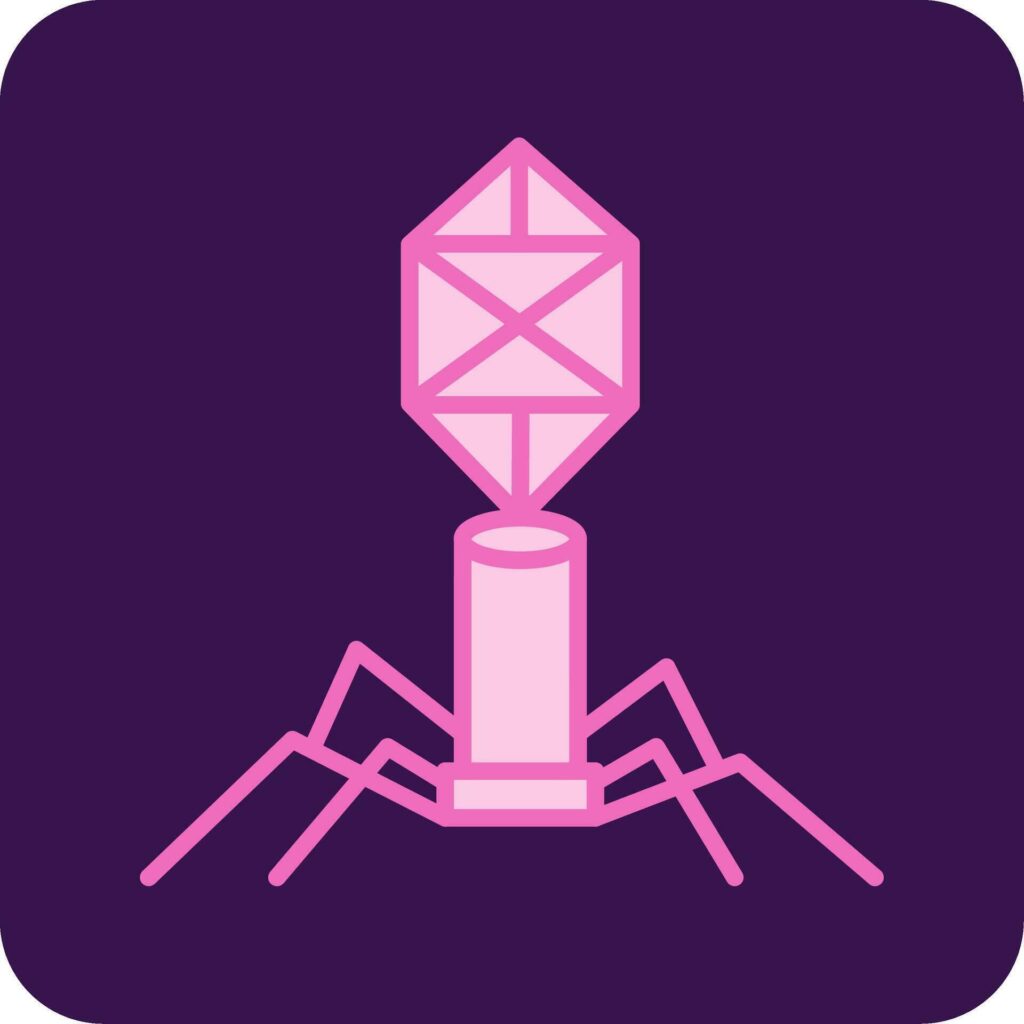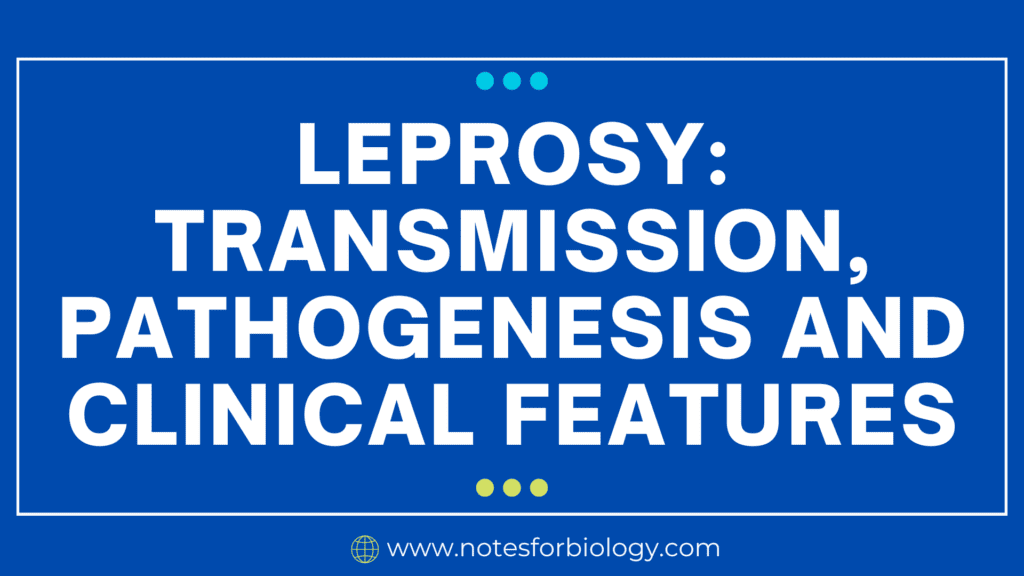1. Introduction: What is a Cloning Vector?
In modern science, especially in genetic engineering and biotechnology, scientists often need to insert a gene of interest into a host organism (like a bacterium) to study it, express a protein, or even create genetically modified organisms (GMOs).
To do this, they use a special DNA molecule called a cloning vector.
Definition:
A cloning vector is a small piece of DNA (often circular) that can carry foreign DNA into a host cell, replicate inside it, and help produce many copies of the inserted gene. Think of it like a vehicle or carrier that delivers the desired DNA into a host.

Summary of Cloning Vector
- Carrier of DNA: A cloning vector is a DNA molecule (like a plasmid) used to carry and insert foreign DNA into a host cell.
- Replication and Selection: It contains features like an origin of replication and selectable markers to ensure it multiplies inside the host and allows identification of successful clones.
- Essential for Genetic Engineering: Cloning vectors are crucial in gene cloning, recombinant protein production, genetic modification, and molecular biology research.
Table of Contents
2. Importance of Cloning Vectors
- They are essential tools in gene cloning (copying genes).
- Help in producing proteins, such as insulin or vaccines.
- Used in gene therapy, DNA fingerprinting, GMOs, and research.
3. Characteristics of an Ideal Cloning Vector
To work effectively, a cloning vector should have the following important features:
1. Origin of Replication (ori)
- A specific DNA sequence where replication begins.
- Allows the vector to multiply inside the host.
- Without it, the vector won’t make copies, and cloning fails.
2. Selectable Marker Genes
- These are genes that help in identifying whether the vector is inside the host.
- Common examples:
- Antibiotic resistance genes like ampicillin resistance (ampR).
- Only the cells with the vector will survive antibiotic treatment, helping in selection.
3. Multiple Cloning Site (MCS) or Polylinker
- A short DNA segment containing many restriction enzyme sites.
- Allows easy insertion of foreign DNA at a known position.
- Helps in precise gene insertion.
4. Small Size
- Smaller vectors are easier to handle and introduce into host cells.
- Small size also makes replication faster.
5. High Copy Number
- A good vector can make many copies inside a host.
- More copies mean more protein production or more DNA for study.
6. Reporter Genes (optional)
- Some vectors have reporter genes like GFP (green fluorescent protein) or lacZ, which help to detect successful gene insertion visually.
4. Types of Cloning Vectors
There are different types of vectors used depending on the host cell and purpose. Below are the most common types explained in simple terms:
A. Plasmid Vectors
What are Plasmids?
Plasmids are small, circular DNA molecules naturally found in bacteria. They replicate independently of the bacterial chromosome.

Key Features:
- Easy to isolate and handle.
- Can carry small DNA fragments (up to 10 kb).
- Commonly used in E. coli.
Examples:
- pBR322: One of the earliest and most commonly used plasmids. Has antibiotic resistance genes for ampicillin and tetracycline.
- pUC18 / pUC19: Modified plasmids with a high copy number and lacZ reporter gene.
Application:
- Widely used in basic cloning experiments.
- Protein expression in bacterial cells.
B. Bacteriophage Vectors
What are Bacteriophages?
Bacteriophages (or phages) are viruses that infect bacteria. Scientists use modified phage DNA to insert foreign genes.

Key Features:
- Can carry larger DNA fragments (up to 20 kb).
- Infect host cells efficiently.
- Help in library construction (collection of cloned DNA sequences).
Examples:
- Lambda (λ) phage: Most commonly used phage vector.
- Modified to carry foreign DNA instead of viral genes.
Application:
- Used in genomic libraries, where large DNA segments are stored and studied.
C. Cosmid Vectors
What are Cosmids?
Cosmids are hybrids of plasmids and lambda phages. They contain a cos site from the phage and other features from plasmids.
Key Features:
- Can carry very large DNA fragments (up to 45 kb).
- Combine the simplicity of plasmids with the efficiency of phages.
Examples:
- Cosmid vectors like pJB8 or SuperCos.
Application:
- Used in genomic library construction.
- Study of large genes or gene clusters.
D. Bacterial Artificial Chromosomes (BACs)
What are BACs?
BACs are artificial chromosomes developed from F plasmids (fertility plasmids) in E. coli.
Key Features:
- Carry very large DNA inserts (100–300 kb).
- Stable inside bacteria.
- Low copy number (usually 1-2 copies per cell) to maintain stability.
Examples:
- pBAC108L and other BAC libraries.
Application:
- Used in the Human Genome Project.
- Ideal for mapping and sequencing of large genomes.
E. Yeast Artificial Chromosomes (YACs)
What are YACs?
YACs are vectors that behave like real chromosomes in yeast cells.
Key Features:
- Carry very large DNA fragments (up to 1000 kb or 1 Mb).
- Contain centromeres, telomeres, and origin of replication – like real chromosomes.
Examples:
- YRp7 and YAC clones used in genome research.
Application:
- Useful for cloning entire genes, including non-coding regions.
- Study of complex eukaryotic DNA.
F. Viral Vectors (for Animal Cells)
What are they?
Some viruses are modified to carry foreign genes into animal cells, especially for gene therapy.
Key Features:
- Efficient in entering animal cells.
- Engineered to be safe (non-replicating).
Examples:
- Adenovirus vectors
- Retrovirus vectors
- Lentivirus vectors
Application:
- Used in gene therapy, especially for treating genetic diseases like SCID or certain cancers.
G. Plant Vectors (Ti plasmid)
What is a Ti plasmid?
The Ti plasmid comes from the bacterium Agrobacterium tumefaciens, which naturally transfers genes to plants.
Key Features:
- Can introduce genes into plant cells.
- Modified to remove harmful genes and add desirable ones.
Examples:
- Binary vector system (split Ti plasmid).
- Used to create genetically modified (GM) plants.
Application:
- Used in plant genetic engineering, like Bt cotton or golden rice.
5. Summary Table of Vector Types
| Vector Type | Host | Insert Size | Use |
|---|---|---|---|
| Plasmid | Bacteria | Up to 10 kb | Simple gene cloning |
| Bacteriophage | Bacteria | ~20 kb | Genomic libraries |
| Cosmid | Bacteria | ~45 kb | Large DNA cloning |
| BAC | Bacteria | 100–300 kb | Genome mapping |
| YAC | Yeast | Up to 1 Mb | Eukaryotic gene studies |
| Viral Vector | Animal cells | Varies | Gene therapy |
| Ti Plasmid | Plant cells | ~50–100 kb | Genetic engineering in plants |
6. Applications of Cloning Vectors
- Gene cloning and protein production
- Vaccine development (e.g., recombinant hepatitis B vaccine)
- Gene therapy (correcting defective genes)
- GMO development in agriculture
- Genomic research (Human Genome Project)
- Forensic science (DNA fingerprinting)
7. Conclusion
Cloning vectors are the backbone of modern molecular biology. Whether it’s producing life-saving insulin, creating genetically modified crops, or decoding the human genome, these tiny DNA carriers have made it possible.
They come in many types from simple plasmids to complex artificial chromosomes each designed for specific tasks. The right choice of vector ensures successful gene cloning, expression, and analysis.
FREQUENCY ASKED QUESTIONS
What is cloning vector ?
A cloning vector is a small piece of DNA that is used to carry a foreign gene or DNA fragment into a host cell for the purpose of making many copies (clones) of that DNA.
What is the importance of cloning vector ?
Cloning vectors are essential tools in genetic engineering that carry and replicate foreign DNA within host cells, enabling gene cloning, protein production, genetic modification, and advanced research in medicine, agriculture, and biotechnology.
Which vector can clone a small fragment of dna ?
A plasmid vector is commonly used to clone small fragments of DNA, typically up to 10 kilobase pairs (kb) in size.
Plasmids are small, circular DNA molecules that replicate independently within bacterial cells and are ideal for cloning small genes or DNA segments.
Related Articles




